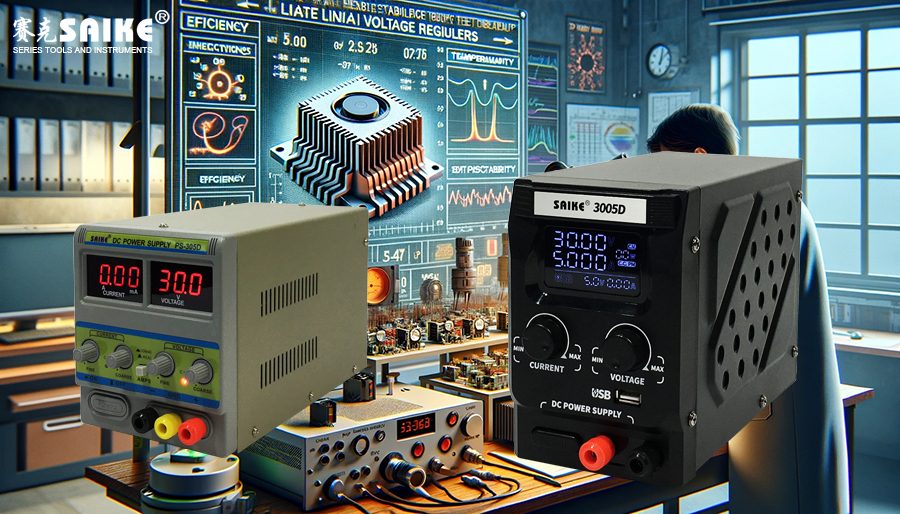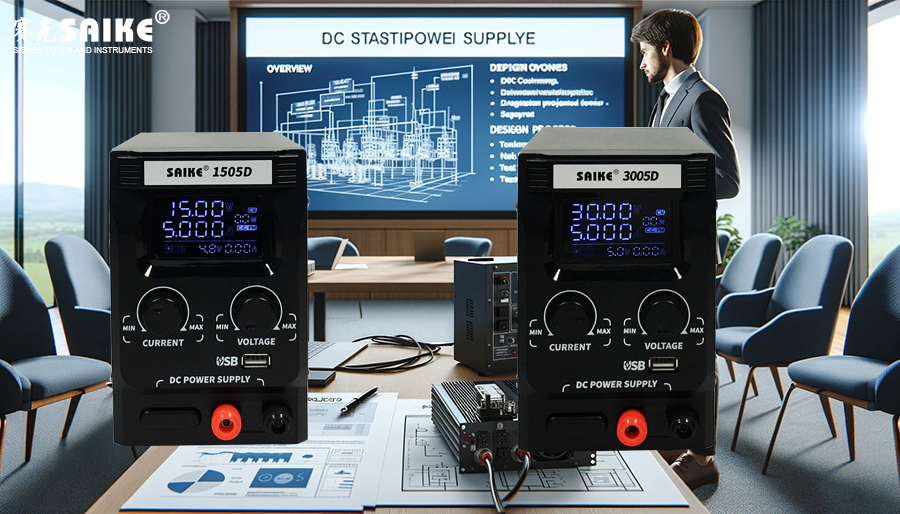
SK-YJ000ZLWYDY-KP 100014
Linear voltage regulators are a commonly used type of power supply in electronic equipment, especially in applications requiring high-quality power sources. They ensure stable output voltage through a simple linear adjustment process. Understanding the advantages and disadvantages of linear voltage regulators is crucial for power supply selection and electronic design. This article will delve into the main pros and cons of linear voltage regulators and their suitable applications.
I. Advantages of Linear Voltage Regulators
1.Low Noise and Ripple
– Due to their simple adjustment mechanism, linear voltage regulators introduce minimal additional noise or electromagnetic interference into the output, making them ideal for noise-sensitive electronic applications such as audio equipment and precision measurement instruments.
2.Fast Transient Response
– Linear regulators can quickly respond to load changes, providing instant voltage adjustment, which is essential for applications requiring a rapid power response.
3.Simple Circuit Design
– Compared to switching regulators, the circuit design of linear regulators is relatively straightforward, eliminating the need for complex control logic or switching frequency management. This reduces design complexity and potential points of failure.
4.Good Temperature Stability
– The output of linear voltage regulators is less susceptible to temperature changes, which is crucial in temperature-sensitive applications.
II. Disadvantages of Linear Voltage Regulators
1.Low Efficiency
– When adjusting voltage, linear regulators convert excess voltage into heat energy at the regulating element (such as a transistor). This results in very low efficiency, typically ranging from 50% to 70%, especially when the input voltage is much higher than the output voltage.
2.Heat Dissipation Issues
– Due to low efficiency, linear regulators generate a significant amount of heat, requiring effective cooling measures such as heat sinks or fans. This increases the system’s size and cost.
3.Weight and Size
– The need for cooling and larger transformers makes linear voltage regulators bulkier and heavier than switching regulators, limiting their use in portable devices.
4.Limited Input Voltage Range
– Linear regulators typically require a stable input voltage slightly higher than the output voltage, restricting their use in situations with significant voltage fluctuations.
III. Suitable Applications
– Linear voltage regulators are suitable for applications where power quality is critical, such as laboratory equipment, audio amplifiers, and medical devices. In these cases, power ripple and noise can affect equipment performance and measurement accuracy.
– For applications with high volume and efficiency requirements, such as portable electronic devices and battery-powered equipment, switching regulators may be a more suitable choice.
IV. Conclusion
Linear voltage regulators offer significant advantages in power noise control and response speed. However, their low efficiency and high heat generation are major limiting factors. When selecting a voltage regulator, it’s crucial to weigh these pros and cons based on the specific application’s needs. Understanding and applying the appropriate power supply type can significantly enhance the performance and reliability of electronic devices.


